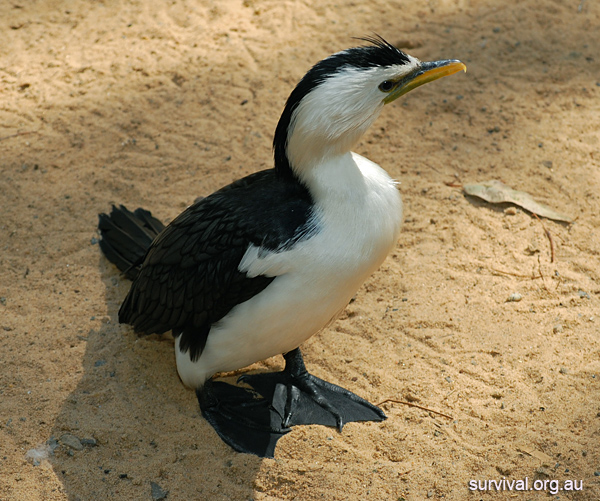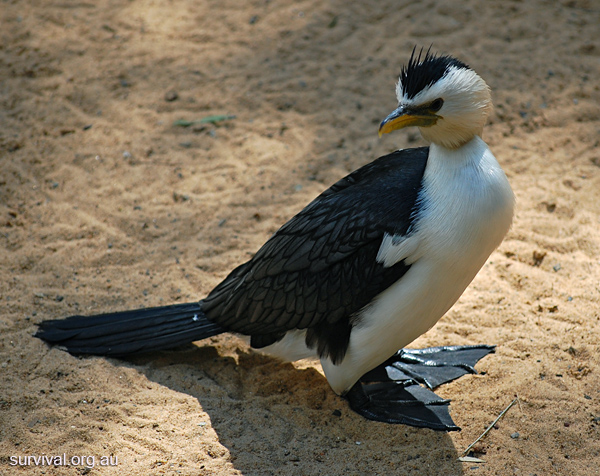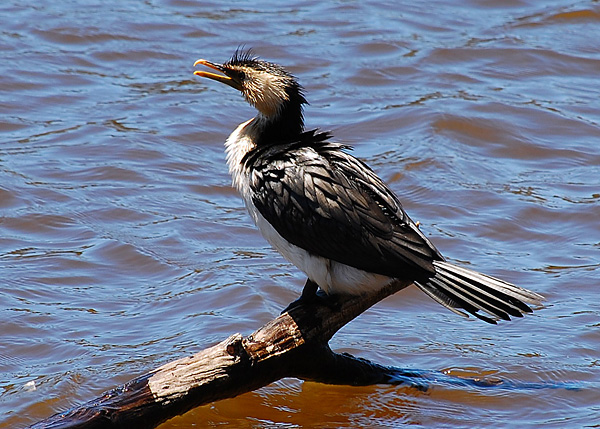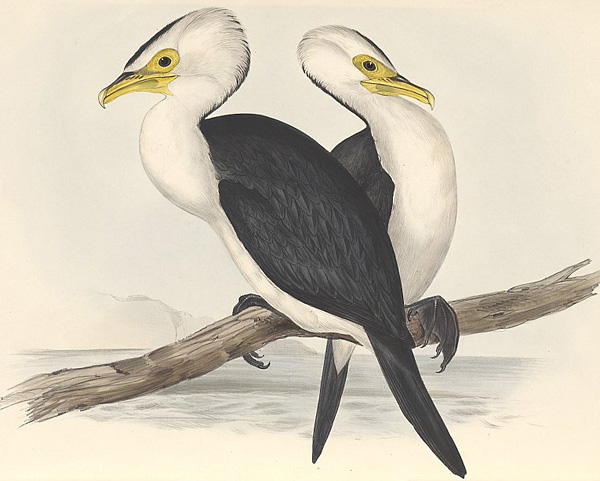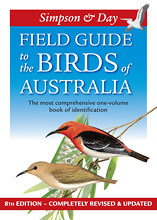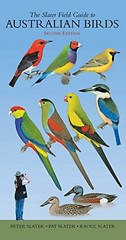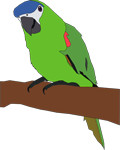
|
||
Little Pied CormorantPhalacrocorax melanoleucosFamily: Phalacrocoracidae (Cormorants, Scrub-robins, 5 species in Australia) The Little Pied Cormorant is not really that little, but it is smaller than the other cormorants including the Little Black Cormorant.
Some Birdwatching Resources
See Also
Return to Australian Birds Share This PageContent is copyright © Survive.au 2005-2025 All Rights Reserved. Terms of Use. Definitely read the disclaimer before trying anything from this website, especially including the practices and skills. This website uses affiliate links – this doesn't cost you any more, but I get a commission on purchases made through the website. As an Amazon Associate I earn similarly from qualifying purchases. |
||
